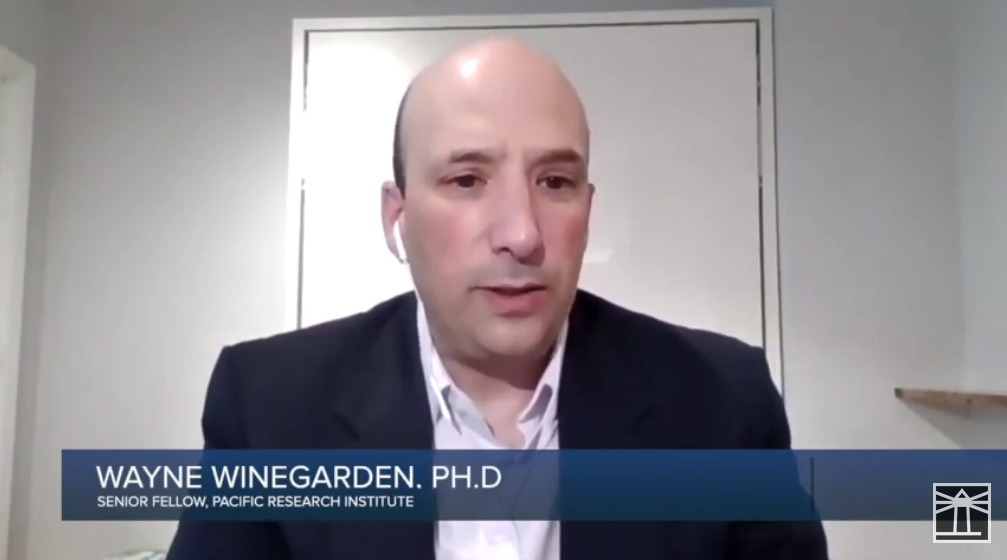Biosimilars could save the healthcare system billions
Cost Plus Drug Company CEO Mark Cuban recently pointed out that self-insured businesses could save over $70,000 per employee annually by getting their workers to switch from AbbVie’s blockbuster anti-inflammatory treatment Humira to a lower-cost biosimilar called Yusimry. Humira has a list price of roughly $7,000 per month. Since it lost market exclusivity last year, nine nearly identical copycats have hit pharmacy shelves. A year’s supply of Yusimry costs the same as just one month of Humira. Why doesn’t every employer in America follow Cuban’s advice? The answer has three letters: PBM. Click to read the...



